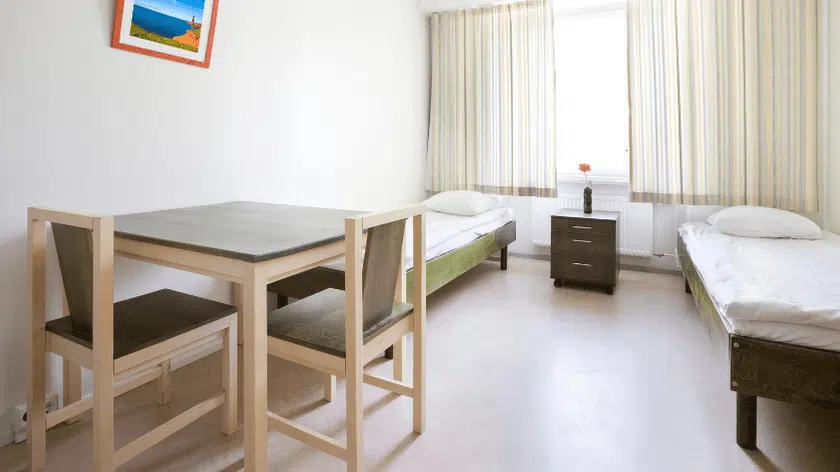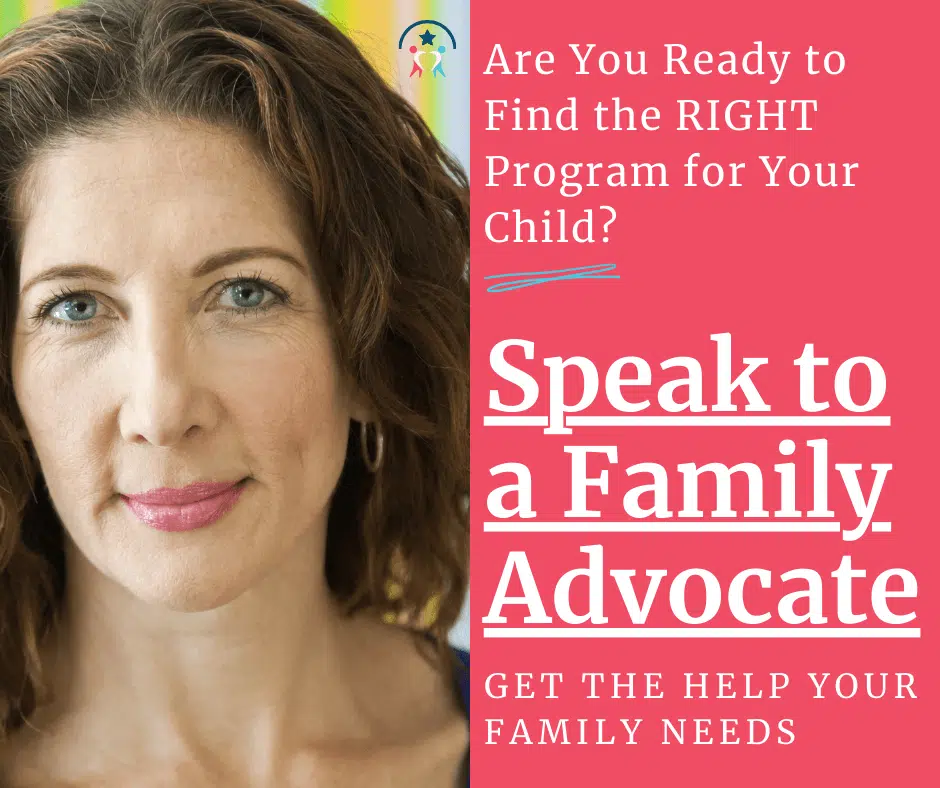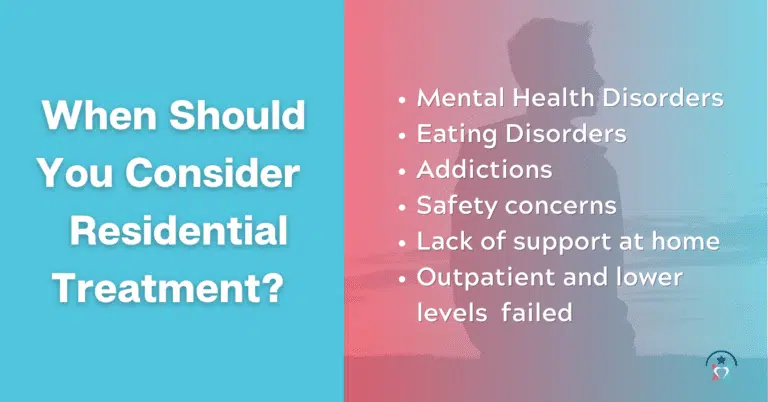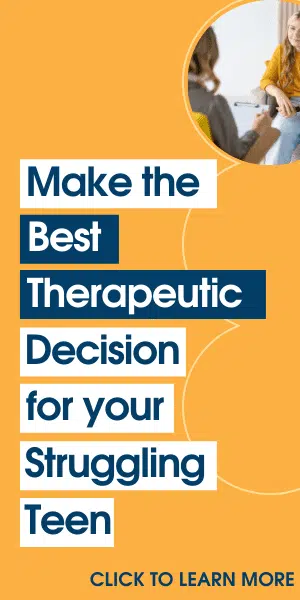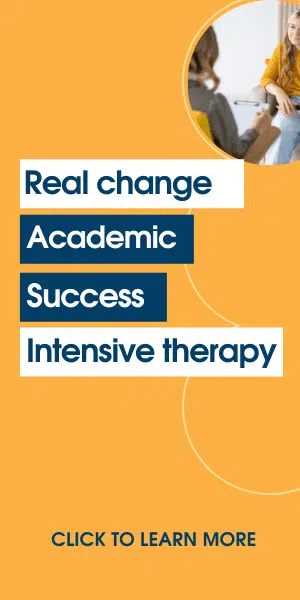The Best Adolescent Residential Treatment Centers for Your At Risk Youth
There are four distinct levels when it comes to adolescent residential treatment centers. If you are searching for help for your teen, understanding these programs will help identify what you need and find a treatment center that works for you.
Choosing the a residential treatment center is not easy. Understanding the troubled teen residential treatment programs offered and which teen residential treatment center is best for your child is the first step to making the right choice for your family. It isn’t helpful for your teen if they are just lumped together with all “problem teens.”
Each teen has different struggles and behavior issues, stemming from a different history and mental state. Programs should be designed to help differentiate patients and care for them on an individual basis. Because each of these levels has a different intensity, a professional will need to assess your child before they are admitted into a program. But, this article will give you an idea of what you may want to be looking for.
Level 1: Short-Term Programs
Sometimes teens need to simply be pulled from their routines and given a chance to reset.
The first level program isn’t very intense and may not even last very long. It’s also one that may be considered as a de-escalation step from a higher level program for teens preparing to integrate back into normal life.
There is more freedom at these facilities and less security. Teens are expected to follow the rules and participate in the program without a lot of difficulty. It can be an ideal option for teens who want help and aren’t sure what to do. This can also be a good option for a teen that is defiant to his or her parents but tends to get along well with just about everyone else, including teachers and coaches.
Frequently parents choose a level 1 short term program and then transfer their teenager to a longer term Level 2 or Level 3 program.
Level 1 facilities could include independent living teen homes, therapeutic boarding schools or stay-away wilderness therapy programs that are designed to offer a positive behavior change for teens.
Level 2: Increased Security and Length
If your teen may reject the authority structure of the program or try to run away, then a higher level of security may be needed. At a level 2 facility, there will be more staff available for emergencies around the clock. This can be really important if substance abuse is involved and medical detox is needed.
There is more individual counseling happening at this level—often for anger management and cognitive behavior therapy. Typically teens are simply released from the program after they complete level 2, though some may need to move to level 1 as a stepping stone out.
Level 2 facilities might include lower-security residential facilities and more intensive therapeutic boarding schools with a structured program and round-the-clock security.
Level 3: Structured Live-In Programs
Defiant teens or teens who self-harm need a much more structured environment in most cases. These teens can hurt themselves or others, so the program is more equipped to reduce the threats as they help them navigate therapeutic healing.
As the levels increase, so does the structure. A level 3 adolescent residential treatment program is going to cover more aspects of the emotional, mental and physical needs of a struggling teen. There will probably be security cameras and quite a bit of program security staying on call at the facility in case of any need for de-escalation.
These facilities are more like a juvenile prison because of the restriction to stick to the program schedule. Teens typically can’t wander the facility, though this doesn’t (and shouldn’t) mean the treatment approach is scary or intimidating. They typically do have freedom to move around in their residential areas and aren’t often confined to their rooms. Therapists will work with the kids on an individual basis. The programs often last a longer period of time, which means education is often provided with on-site teachers or tutors.
Residential programs are often considered a “last-ditch” approach to teen behavior treatment. Because of the stigma, many program centers are changing to become more diverse with increased course options for life skills.
Level 3 programs would typically be residential treatment centers and rehab.
When Should You Consider Residential Treatment?
Share this image on your social feed!
Level 4: Dangerous Teen Facilities
Teens with a need for the most severe treatment are those that pose a serious danger to themselves or their peers. Violent and abusive teens often need a program designed to keep everyone safe while helping these kids eliminate the defense mechanisms they have in place.
These intensive programs have heightened security and may keep students in a kind of lockdown when they aren’t in a specific program. Kids will have eight hours or more of individual therapy. The goal of the program is to help modify the troubled adolescent behavior and reintegrate them back into society without a high risk of regressing.
Level 4 programs include the most intensive residential treatment facilities and mental hospitals for teens. It takes a lot of time and continual effort to gain the trust of teens at this stage. Most of the time, teens at this level will need to move to a level 3 program before moving down to a level 2 or 1 program for their exit strategy.
When Should Your Troubled Youth Go to a Residential Center
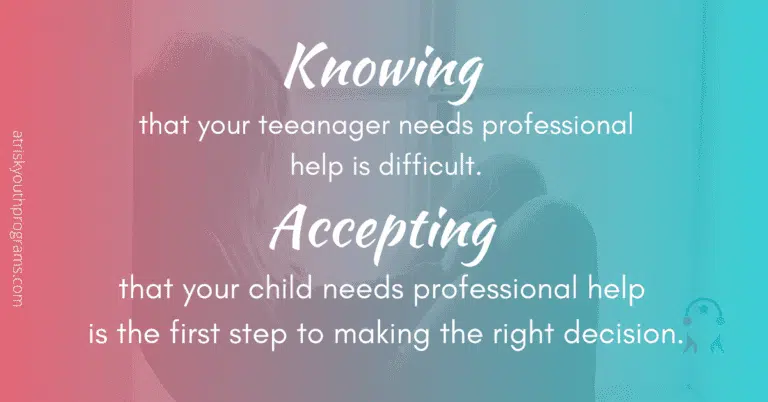
Share this image on your social feed!
How to Get Help For Your Child?
Do you have a difficult teenager who needs serious help?
Are you searching for the “Right” program to help your child?
We can help you find the right troubled teen program or residential treatment to help your teen.


